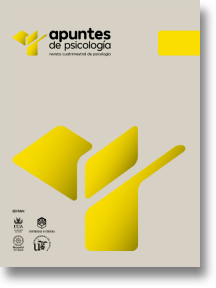A case study of cognitive behavioral therapy for delusional body dysmorphic disorder
DOI:
https://doi.org/10.55414/mzkbby86Abstract
The paper presents the Cognitive-Behavioural Therapy used to modify the delusional beliefs and the emotional and functional consequences of a patient with a dismorphobic delusional disorder. The method included the following techniques: empirical, logical and functional discussion, verification of the reality and satiation. PANSS, dimensional measures of the extent of conviction, concerns about the belief, and subjective scales of anxiety and mood were used as measures of the results. The conviction about the belief disappeared. There was also an improvement in the emotional disturbances and in the social functioning. These changes kept up stable in his 12, 24 and 36 months follow up after the therapy. We reflect on the need of a long term psychological follow up for the intervention on the psychosis.Downloads
Download data is not yet available.
Downloads
Published
12/03/2004
Issue
Section
Research articles
License

This work is licensed under a Creative Commons Attribution-NonCommercial-NoDerivatives 4.0 International License.
How to Cite
CUEVAS YUST, C., MARTÍNEZ LÓPEZ, M. J., & PERONA GARCELÁN, S. (2004). A case study of cognitive behavioral therapy for delusional body dysmorphic disorder. Apuntes De Psicología, 22(1), 99-110. https://doi.org/10.55414/mzkbby86


















